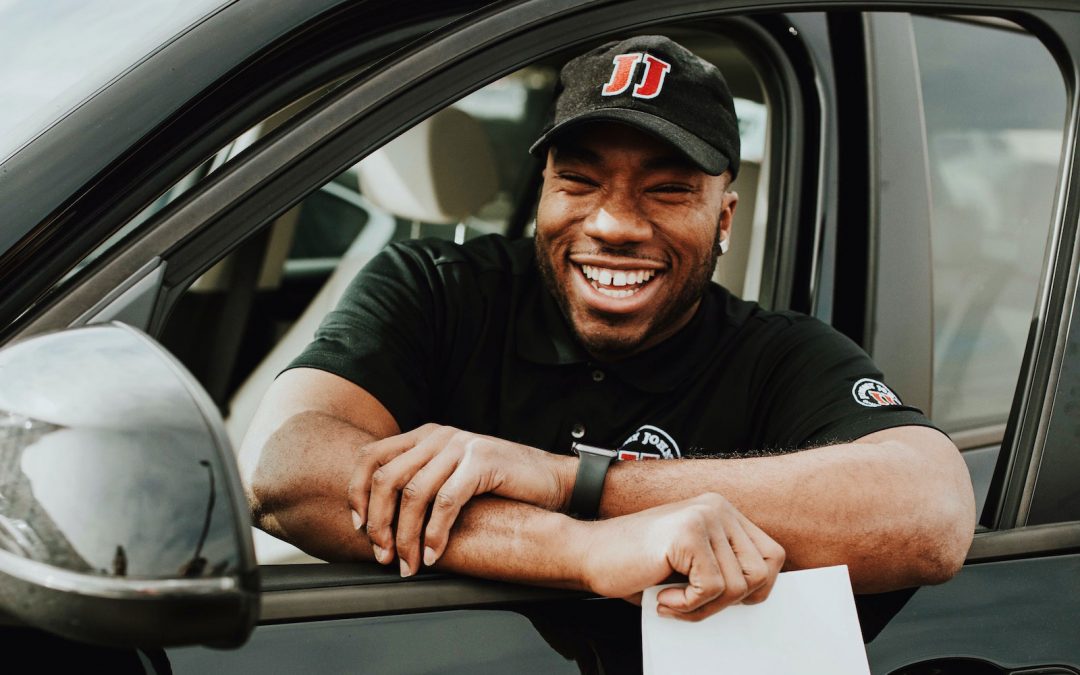The new partnership between Jimmy John’s and DoorDash demonstrates that even with a “freaky fast” in-house delivery fleet that’s not going anywhere, there is immense power in the platform marketplace.
Jimmy John’s and DoorDash announced the two had broken ground on the now-public delivery giant’s new program that allows restaurants to do their own delivery but tap into the DoorDash app. The sandwich maker was the first major brand to sign onto the service after testing the model in 100 restaurants for six months.
According to the press release Inspire opted to expand the “relationship with DoorDash chain-wide, due to its industry-leading customer base, the strength of DoorDash’s existing relationships with other brands within Inspire’s family of brands, and its willingness to build a self-delivery model that could seamlessly integrate incremental DoorDash volume with Jimmy John’s existing delivery network.”
“As a brand, we are relentlessly focused on reaching our guests on their terms,” said Darin Dugan, chief marketing officer at Jimmy John’s. “In DoorDash we found a third-party partner that shares this commitment and offers us the ability to further reach our consumers where they increasingly are—digitally.”
At the core of the partnership, DoorDash built an integration with the Jimmy John’s point of sale provider, allowing orders to flow directly into the system. Apart from avoiding tablets, that integration allows DoorDash users to see correct menu and location details on the platform. It also integrates Jimmy John’s into the subscription-based DashPass program for free delivery on orders over $12.
The partnership served as an announcement of DoorDash’s self-delivery program for any restaurant. For the industry at large, it’s a notable new addition to the suite of DoorDash offerings and leans into the trend (or at least exploration of) managing delivery within a restaurant brand to preserve margins and retain control.
The key takeaway, however, might be that the platform marketplaces are so popular and so sticky that even brands with exceptional digital delivery programs can find value being in the mix. The move evokes that old marketing adage, “Be where your customers are.”
Just as many restaurant operators feared, DoorDash customers do belong to DoorDash. If they open up the app come dinnertime, they’re very likely to order right there and the 1.5 million DashPass customers are even more likely to use the app they’re paying for.
For DoorDash, it means a bigger piece of the pie even with a lower commission rate for self-delivering restaurants.


